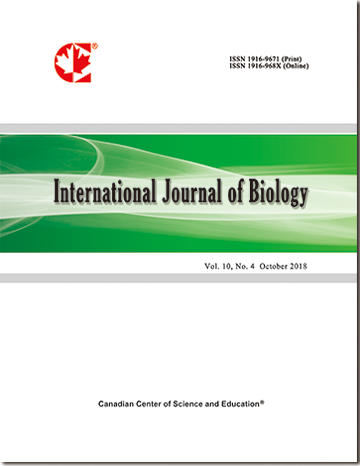Rheophytic Adaptation of Eurya japonica Thunb. (Ternstroemiaceae)
- Masayuki Shiba
- Tomoki Tate
- Tatsuya Fukuda
Abstract
Plants along rivers have narrow leaves to avoid the stress caused by the river’s flow during flooding. Plants that have undergone such morphological leaf modifications to adapt to rivers are called rheophytes. Some populations of Eurya japonica Thunb. (Ternstroemiaceae) were grown on riversides so that the comparative morphology and anatomy of leaves between riverside and inland (control) populations could be examined to confirm their rheophytic speciation. Our morphological and anatomical analyses revealed that the leaf of E. japonica in the riverside populations was significantly smaller than that of the inland populations due to the decreased number of cells; therefore, the pattern of rheophytic differentiation in riversides was not the stenophyllization but the miniaturization of the leaf. Moreover, our results indicated that this species in the riverside populations had thicker leaves and higher density of stomata than those of inland populations, suggesting that E. japonica had been morphologically modified in response to the light and water environments along the river.
 PDF
PDF
